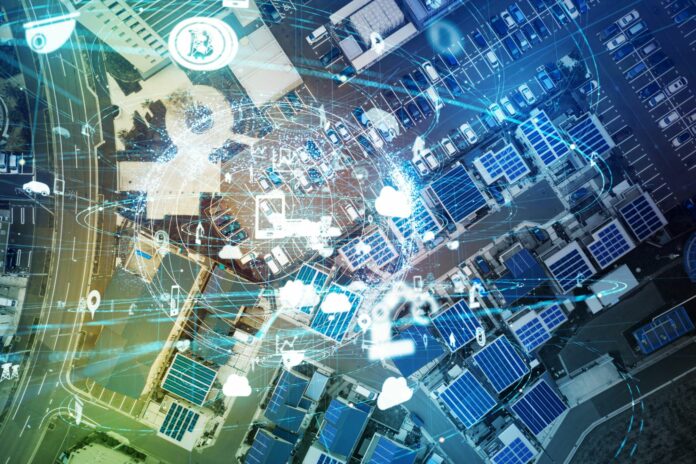The concept of urbanization made a huge increase in the population of people living in towns and cities due to better living conditions, educational facilities, and employment opportunities. There was still a huge pressure on cities that exists now to use improved technologies to trigger economic growth, create sustainable living which causes minimal harm to the environment, generate value-added job opportunities, etc. This paved the way for the cities to become smarter and lead to smart cities.
Now, with the people suffering from the deadly coronavirus, the so-called smart cities have a major role in safeguarding its people from Covid-19 than providing prosperous life to the citizens. To quote an example, the smart city of Agra has made available a televideo consultation service which enables people to contact the health professionals without the need to move out during this time. Also in association with the Agra police, they have set up a control room for tracking the social distancing through video monitoring. Thus the basic idea of a smart city is to make enhanced living conditions for its citizens through the use of geospatial technology which consists of various tools for collecting, storing, analyzing, and processing geographic information.
Of these various tools some of the technology which enables smart cities to fight the pandemic are:
- Drones: The so-called Unmanned Aerial Vehicle (UAV) which was once in use for destruction has proved as a lifesaver in this pandemic. Its ability to capture images has changed the way of monitoring, surveillance, and even in the distribution of medicines and other necessary items in the hard to reach areas. Also, the use of 3-Dimensional tools in UAVs is expected to further bring about a greater difference in the way we monitor, capture, and analyze data.
- Internet of Things(IoT): This technology enables the interconnection of devices thereby enabling the transfer of data through a network without any human to human interaction. It is proved to be useful for observing the patient at a greater risk to COVID-19 thereby enabling professionals to take the required action.
- Location technology: It helps in the usage of the location data to improve the quality of the operations and to provide improved services. Location-based data are becoming increasingly important than before. This provides more accurate, and precise data and helps in developing solutions in developing a sustainable and technologically advanced smart city.

